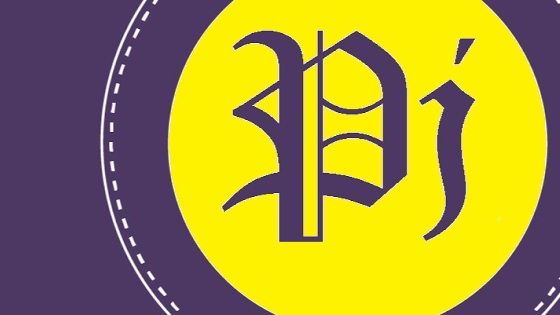Qualified immunity
 Qualified immunity was initially given to a government official who was able to
prove that at the time of the commission of the act complained of, he possessed
a good faith belief that his actions were lawful. This was known to be the
subjective element. (Orenstein, A., Presidential Immunity from Civil Liability,
Nixon v. Fitzgerald. Cornell Law Review, Vol. 68, Issue 2, Article 7, January
1983 68 Cornell L. Rev. 236 (1983), pp. 23-238)
Qualified immunity was initially given to a government official who was able to
prove that at the time of the commission of the act complained of, he possessed
a good faith belief that his actions were lawful. This was known to be the
subjective element. (Orenstein, A., Presidential Immunity from Civil Liability,
Nixon v. Fitzgerald. Cornell Law Review, Vol. 68, Issue 2, Article 7, January
1983 68 Cornell L. Rev. 236 (1983), pp. 23-238)
The US Supreme Court enhanced the criteria on when to invoke qualified
immunity. In Wood v. Strickland, 420 U.S. 308. (1975), the US Supreme
Court ruled that aside from the aforementioned subjective test, it is also
important to show if the public official should have known that his act
constituted a violation of the rights of the claimant. If the government
official should have known that his acts violated the claimant's rights, then
immunity is not granted to the government official; otherwise, the government
official is entitled to qualified immunity. (Orenstein) This is referred to as
the objective test.
This two-tiered test to determine the need to grant qualified immunity was
modified in Harlow v. Fitzgerald, 102 S. Ct. 2727 (1982), where the US
Supreme Court removed the subjective test reasoning that inquiring into the
subjective motivation of government officials would be "disruptive of
effective government." Harlow now requires a two-step analysis in the
determination of whether or not a government official is entitled to
qualified immunity; first, as a threshold matter, the court must determine
if the statutory or constitutional right asserted by the plaintiff was clear
at the time of the alleged wrongful action; and, second, the court must
determine whether the official should reasonably have known the action was
contrary to law. (Stein, T. Nixon v. Fitzgerald: Presidential Immunity
as a Constitutional Imperative. Catholic University of Law Review, Vol. 32,
Issue 3, Spring 1983. 32 Cath U.L. Rev. 759. 1983).



